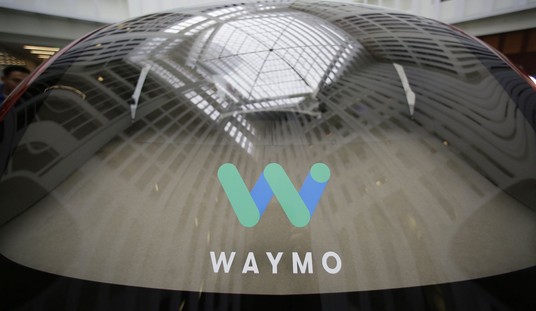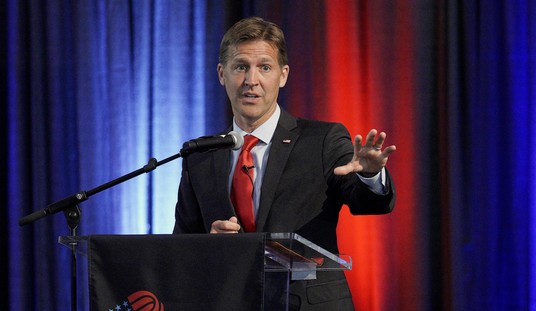The wind lobby has yet to give up on their quest to renew the egregiously generous production tax credit that essentially keeps the wind industry afloat by providing 2.3 cents for every kilowatt-hour of energy output during the first ten years of a given project’s operation; that lucrative subsidy expired on January 1st of this year, but it wouldn’t be the first time — or the second, or the third — that Congress has belatedly bestowed a retroactive extension. Most recently, the wind industry was awarded a one-year extension of the credit at the start of 2013, with the new and convenient condition that any project that simply began construction in 2013 would receive the full benefits of the credit (whereas in the past, installations had to be completed) — and for a demonstration of just how precious that credit really is, here are a couple of handy visuals via The Atlantic:

According to the AWEA, a Washington, D.C.-based trade group, wind turbine installations hit a record 8,385 megawatts in the fourth quarter of 2012 only to crash in the first quarter of 2013 to 1.6 megawatts—and, yes, the decimal place is in the right place. In other words, thousands of wind turbines went online at the end of 2012 to power about 2.1 million American homes. Three months later, about one more turbine had been installed, generating just enough juice to supply about 405 homes.
The downdraft continued in the first quarter of this year, according to the AWEA, when 133 turbines producing 433 megawatts went online. …

Read: Installations skyrocketed in 2012 before dropping off like crazy when the credit expired, and then when the credit was renewed with the new and more flexible condition that projects only needed to have begun construction before it expired at the end of 2013, a bunch of projects got in just under the wire. Could the wind industry’s utter dependence on government taxpayer “help” (which actually discourages the price efficiency that could make wind viable in the long run) be any more apparent?
But rather than heeding my umpteenth rant on the mind-boggling perversity of supporting a technology that so clearly cannot survive in the free market based on its own competitive merits, let’s mix it up and look to — oh, I don’t know — how about billionaire Warren Buffet, noted supporter of hiking taxes on the wealthy, in Omaha this past weekend? Via the editors of the WSJ:
So it was fascinating to hear Mr. Buffett explain that his real tax rule is to pay as little as possible, both personally and at the corporate level. “I will not pay a dime more of individual taxes than I owe, and I won’t pay a dime more of corporate taxes than we owe. And that’s very simple,” Mr. Buffett told Fortune magazine in an interview last week.
The billionaire was even more explicit about his goal of reducing his company’s tax payments. “I will do anything that is basically covered by the law to reduce Berkshire’s tax rate,” he said. “For example, on wind energy, we get a tax credit if we build a lot of wind farms. That’s the only reason to build them. They don’t make sense without the tax credit.”
Think about that one. Mr. Buffett says it makes no economic sense to build wind farms without a tax credit, which he gladly uses to reduce his company’s tax payments to the Treasury. So political favors for the wind industry induce a leading U.S. company to misallocate its scarce investment dollars for an uneconomic purpose. Berkshire and its billionaire shareholder get a tax break and the feds get less revenue, which must be made up by raising tax rates on millions of other Americans who are much less well-heeled than Mr. Buffett.
Just take a moment and let that really wash over you, and then take a gander at the still other subsidy-goodies the Obama administration is doling out to its politically preferred pet projects. …Just today. Via The Hill:
The Department of Energy (DOE) Wednesday said it will give up to $47 million each to three offshore wind power projects over the next four years to pioneer “innovative” technology.
The planned projects are off the costs of New Jersey, Oregon and Virginia. DOE said the money will help speed the deployment of efficient wind power technologies as part of the government’s effort to expand the use of wind power.








Join the conversation as a VIP Member